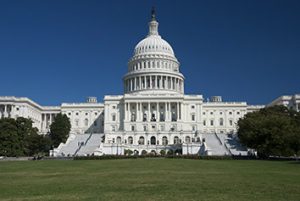
Lawmakers unveil $1.7T bill to avoid shutdown, boost Ukraine
Lawmakers worked to stuff in as many priorities as they could into the sprawling package, likely the last major bill of the current Congress. They are racing to complete passage before a midnight Friday deadline or face the prospect of a partial government shutdown going into the Christmas holiday.





